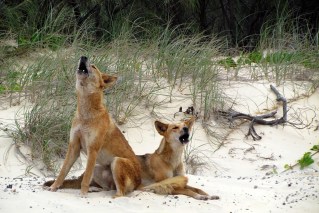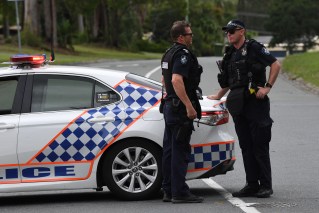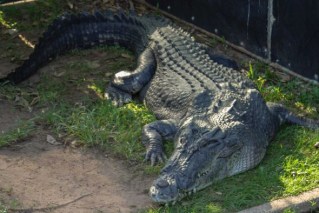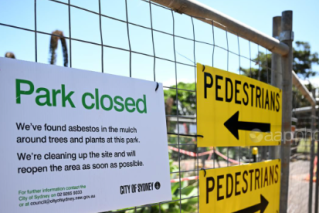Getting antsy: Tempers flare over fire ant hot spots
Heated words over fire ant control are just the latest flash point in a long and troubled history to eradicate the pest, as Brad Cooper reports

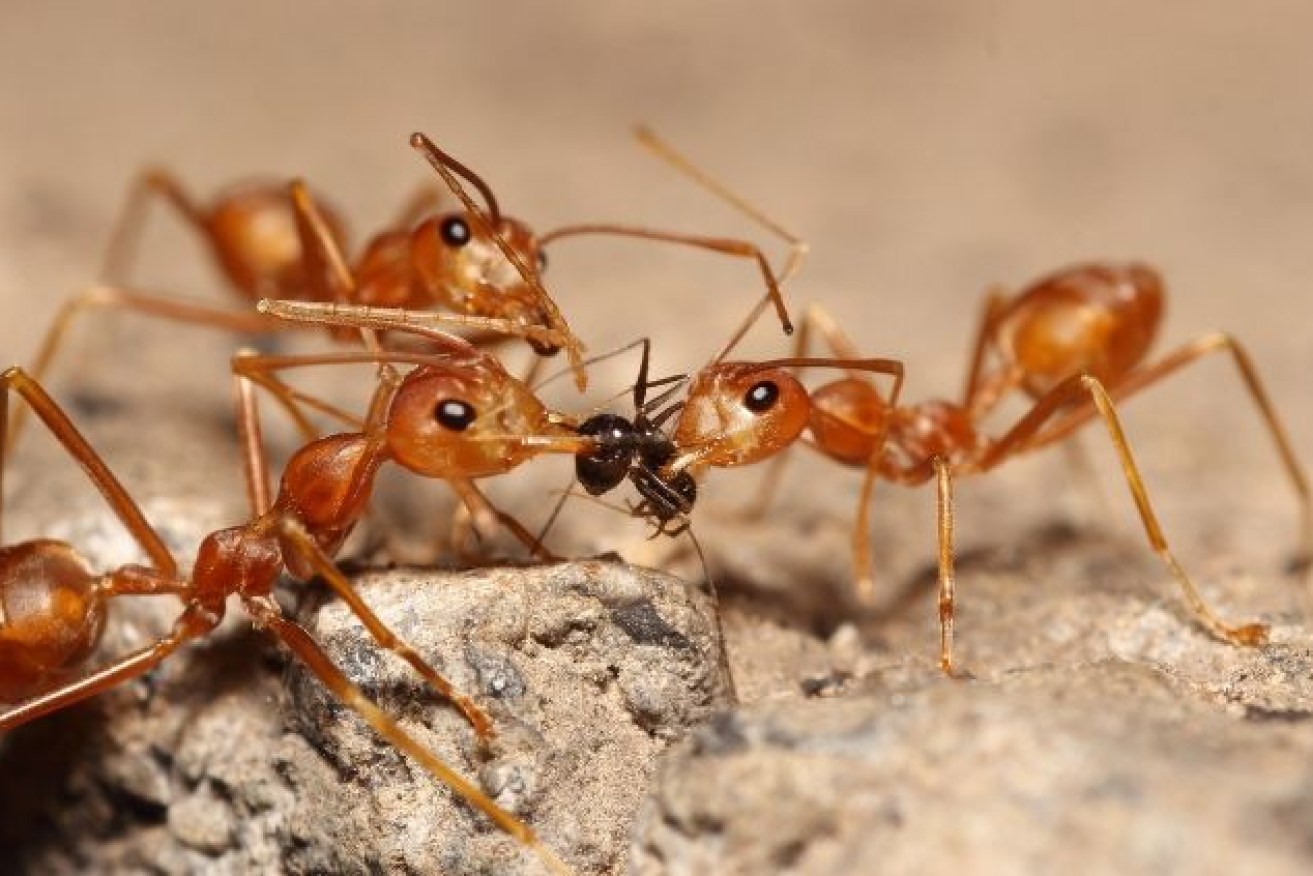
Researchers have found that fire ants are "surfing' on floodwaters to spread further around Queensland. (Fle image)
Devastating fire ants continue to menace large parts of southeast Queensland three years into a nationally funded program aimed at wiping the imported pest off the map.
A report commissioned by the Queensland Department of Agriculture and Fisheries shows the fire ant footprint expanding and the density of larger hot spots increasing, a trend that has the LNP Opposition calling for an independent review by the Queensland Auditor General.
The report also concluded that $134 million of the $411 million budget committed by the Commonwealth and state and territory governments over ten years was spent in the program’s first three years, leading to further allegations of waste and mismanagement.
Opposition agriculture spokesman Tony Perrett said the report confirmed complaints the LNP had received about “Labor’s bungling of the fire ant program right from the start”.
“Queenslanders told us they thought it was going backwards, and following the release of the findings, it turned out they were right,” he said.
While it is not clear who made the complaints about the fire ant program, or how many the LNP may have received, Perrett may have been referring to concerns that were raised mid last year by “whistleblower” Jaimie Varcoe.
A beef producer at Milford, near Boonah, Varcoe was a former fire ant baiting contractor, who said he left the program in disgust last year after he saw examples of bad management and ineffective operations that were doing little to halt the pests’ invasion.
Taking his story to the Green Shirts Movement, a quasi-political group highly critical of Labor’s positions on environment and climate, Varcoe’s message was picked up by several media outlets as evidence the fire ant program was off the rails.
“The people on the ground are very dedicated but at the upper end of management it’s just a debacle,” Varcoe told InQueensland this week.
When asked to clarify what the “debacle” looked like, Varcoe replied that management’s direction was different from the experience on the fire ant frontline, which has allowed fire ants to thrive in new housing developments such as Ecco Ripley, Springfield Lakes and Greenbank on Brisbane’s western fringe.
Fire ants are now reportedly throughout farming country south of Beaudesert in the Scenic Rim and close to the NSW border.
Chair of the National Red Imported Fire Ant Eradication Program, Wendy Craik, has welcomed the report, which DAF commissioned to provide benchmarks for guiding the program’s next steps.
Craik said it was still the ultimate goal of the program to eradicate the pest after first being detected in Queensland in 2001.
She said the early cost blowout reported was due to further discoveries of fire ants on the operation’s “western boundary” – the residential developments Varcoe identified as pest hot spots threatening farming land in the Lockyer Valley and Scenic Rim.
Craik said these areas have been the centre of intense treatment, described as “brute force eradication to knock fire ants on the head”.
Once that is achieved, she said, the operation will move east in rolling operations to eradicate infestations and shrink the containment lines over the next seven years of the funded campaign.
Angry ants relentless
With a treatment area of nearly 400,000 hectares, the current assault on fire ants remains Australia’s largest biosecurity eradication initiative and the world’s most ambitious attempt at ridding the environment of the pests, which threaten agriculture, businesses and people’s lifestyles.
Native to Brazil and spreading to the US in 1940, fire ants are a robust and wily adversary, able to fly up to 5km and adaptable enough that they can float in waterways or hitch a ride in soil, hay or machinery.
They were first positively detected at the Port of Brisbane in 2001 among material from the US, although experts believe they may have entered the country as early as the 1990s.
The eradication program has been dogged by controversy since day one, with Premier Annastacia Palaszczuk’s father – former natural resources minister Henry Palaszczuk – accused of using the program as a way to boost jobs for long term unemployed people in his Inala electorate.
Other critics say the mindset hasn’t changed, with successive administrations since 2001 – both Labor and LNP – using the Commonwealth’s money as a job creation scheme rather than a genuine biosecurity operation.
An audit by Deloitte in 2013, one year after the election of the Newman LNP government, found a litany of problems plaguing the program, most notably poor governance and management structure, insecure funding and a lack of performance indicators that provided no measure of success.
The report recommended a fully funded program of three to five years with locked-in semi-annual reporting mechanisms to document progress and areas for improvement.
Queensland manages the operation of the current national program started in 2017 on behalf of the Commonwealth and state governments, which share the cost of its operation.
The Commonwealth provides the biggest share of funding of more than $212 million over 10 years, followed by NSW at $61 million.
Queensland taxpayers contribute just over $43 million, nearly as much as Victoria with $47 million.
Craik is confident the national partners will see the benefits of the program when the next report is done, given it’s the first time the pest has been confronted with a 10-year campaign assured of ample funding.
“We should keep in mind that this is the biggest fire ant eradication program ever conducted anywhere in the world,” Craik said.
“Despite the problems we’ve seen over the years we’ve done a pretty good job considering the spread is contained to southeast Queensland. If we had experienced anything like the spread that they’ve seen in the United States we’d now have them north to Mackay and south to Goulburn in NSW.”
But Perret is adamant three years should have been enough time for the program to post some firm gains, not go backwards in its march to eliminate the pests.
“With the new national fire ant eradication program kicking off in 2017 Queensland had an opportunity with a new model and more funding than ever before to solve fire ants once and for all.
“It beggars belief that Labor have spent over $100 million of taxpayers money through the program to eradicate fire ants, but the situation is only getting worse.
“The Palaszczuk Labor Government and Biosecurity Queensland went cap in hand to the other states and feds asking for their trust and money to eradicate fire ants but it’s been a mess to date.
“The lack of leadership, direction and measurable KPIs have all been core to the failure of the program to date, something an LNP Government would fix.”
Agriculture Minister Mark Furner was contacted for comment.

